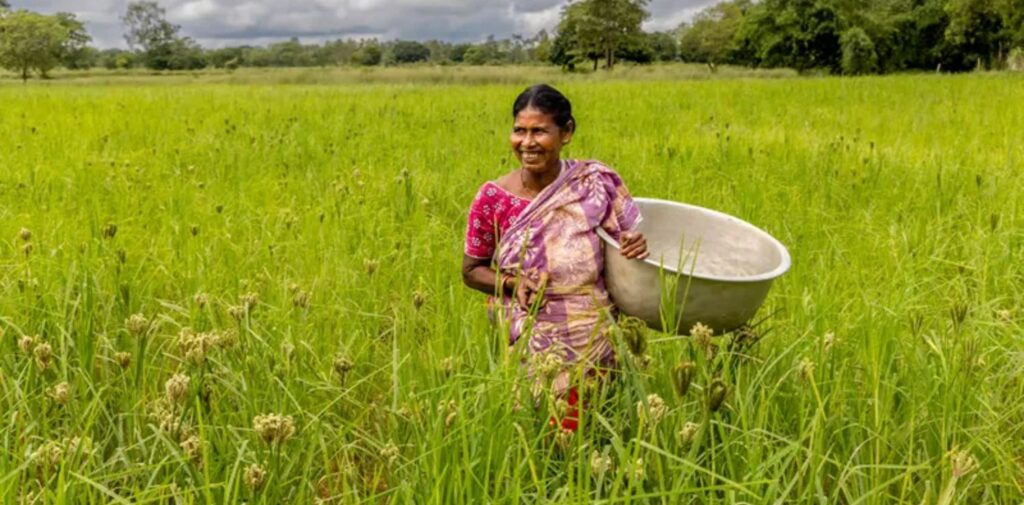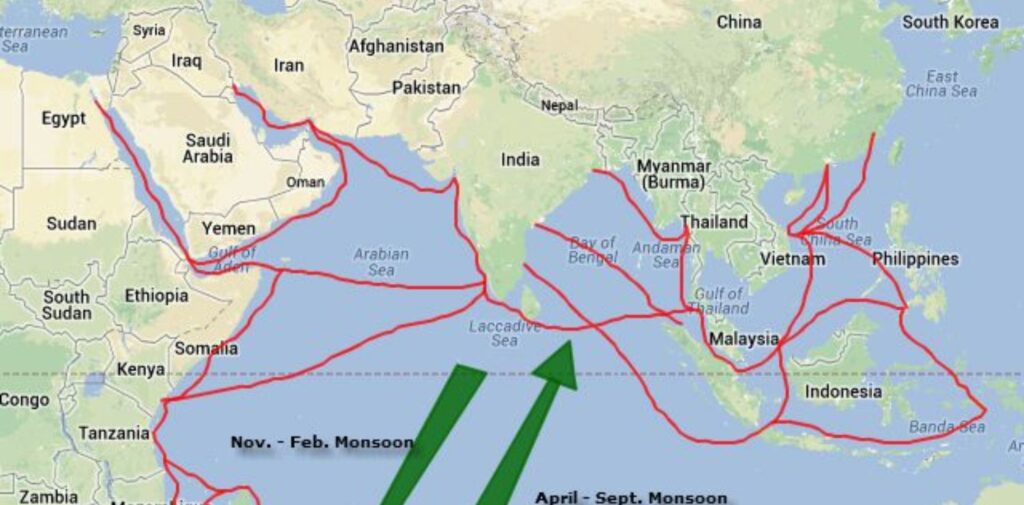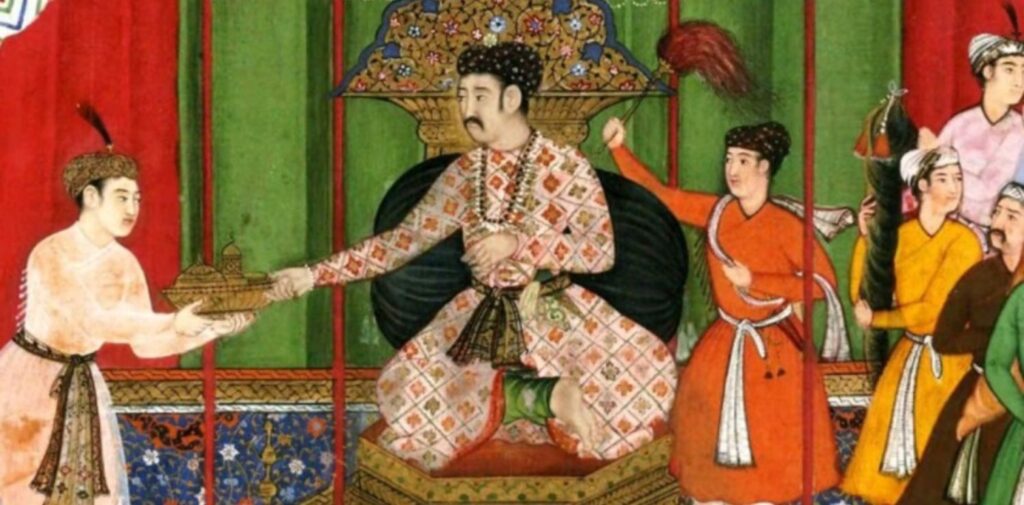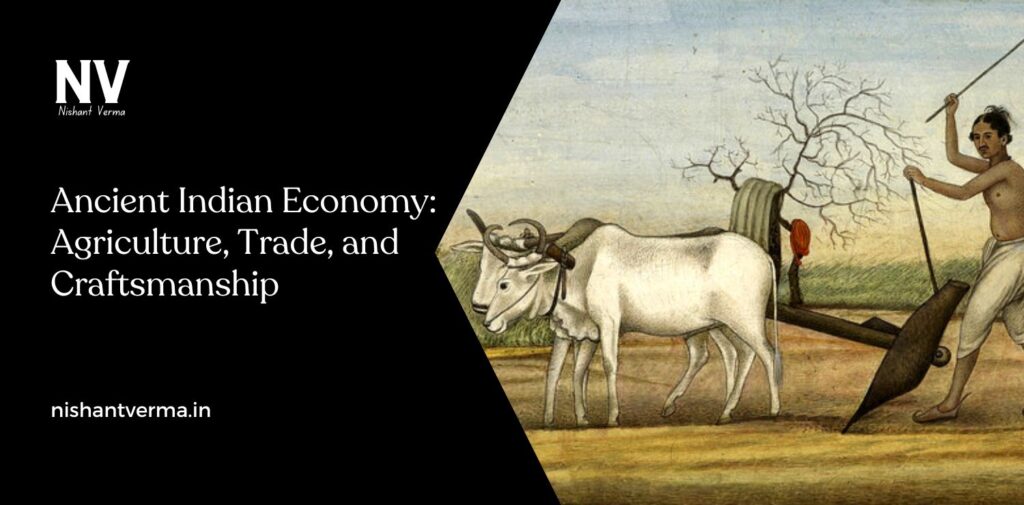Ancient Indian Economy had a very rich and unique economy. Long before the country became independent, the people of India were busy farming, trading, and making beautiful crafts. This helped India grow in wealth and culture. To understand the economy of ancient India, we need to look at three main parts: agriculture, trade, and craftsmanship. These were the backbone of the Indian economy, and each played a vital role in making India one of the most prosperous and advanced civilizations of the time.
Agriculture: The Heart of the Economy
Agriculture was the most important part of the ancient Indian economy. Most of the people in ancient India were farmers who grew crops to feed themselves and their families. The fertile land, especially along the rivers like the Ganges, Indus, and Yamuna, was perfect for growing crops. The Indus Valley, for example, was one of the first places in the world where people developed farming.
In ancient times, people grew a variety of crops. The main crops were rice, wheat, barley, and millets. Rice was grown mainly in the southern and eastern parts of India, while wheat was grown in the north-western regions. People also grew fruits and vegetables like mangoes, bananas, cucumbers, and spinach. In addition, cotton and indigo were cultivated, which were important for making clothes.

Farming in ancient India was based on seasonal rainfall. During the monsoon season, heavy rains would help crops grow. But in regions where there was little rain, people used irrigation systems, such as canals and wells, to water their crops. The ancient Indians were very clever when it came to managing water, and their knowledge of irrigation helped them produce a lot of food.
Most families worked together on the farm. The work was done with simple tools, but these tools were very effective. The plow, used to till the soil, was an important tool in agriculture. The oxen were used to pull the plows, making farming easier and more efficient.
Trade: Connecting India to the World
India’s economy was not just about farming; it also involved a lot of trade. Trade in ancient India took place both within the country and with other lands far away. Indian traders exchanged goods with people in other parts of Asia, the Middle East, and even Europe.
The people of ancient India traded many different things. Some of the most important products that were traded included spices, textiles (cloth), precious stones, jewels, cotton, silk, and perfumes. Indian spices like pepper, cardamom, and saffron were very famous and highly valued in other countries. These spices were not only used for food but also in medicine and perfumes.
India also traded silk and cotton, which were woven into beautiful fabrics and clothes. The textile industry in Ancient Indian Economy was very advanced. Fine cotton cloth from India was so famous that it was exported to other parts of the world.

The Silk Road was an important route for trade, connecting India with China, Central Asia, and the Roman Empire. Through this trade route, India received products like silk, glassware, and even horses. In return, Indian traders sold their spices, textiles, and gems.
In addition to the land routes, there were also sea routes used for trade. India’s long coastline allowed traders to sail across the Indian Ocean and trade with people in places like East Africa, Arabia, Southeast Asia, and Sri Lanka. The ports in places like Cambay (modern-day Gujarat) and Malabar were very busy with trade.
The kings and rulers of ancient India played an important role in supporting trade. They built roads, maintained safety along trade routes, and established markets where goods could be sold. This helped the economy grow and allowed traders to travel with fewer problems.
Craftsmanship: The Art of Making Beautiful Goods
Craftsmanship in ancient India was highly valued. People in ancient India were skillbnd queens wore elaborate jewelry, and even ordinary people wore simpler pieces for decoration and protection.

The Role of Kings and Rulers in the Economy
The kings and rulers of ancient India played an important role in shaping the economy. They built roads and supported trade. They also made sure that the farmers had enough water for irrigation. Some kings were even involved in the craft industry and supported artisans by buying and selling their goods.
One of the most famous rulers of ancient India was Chandragupta Maurya, who founded the Maurya Empire. He created a strong government, improved trade, and supported the economy. His grandson, Ashoka, is remembered for promoting peace, supporting the economy, and spreading Buddhism across India and beyond.
Rulers in Ancient Indian Economy often collected taxes from farmers, traders, and artisans. This helped the government build public works like roads, bridges, and temples. Some of the taxes were in the form of crops, while others were in the form of money or goods.
Conclusion: Ancient Indian Economy
Ancient Indian Economy had a strong and thriving economy based on agriculture, trade, and craftsmanship. Farmers grew a variety of crops and helped feed the population. Traders connected India with the rest of the world, exchanging goods like spices, textiles, and jewels. The craftsmen of India created beautiful and valuable goods that were highly prized in many countries.
The rulers of ancient India played an important role in supporting these economic activities. Thanks to them, ancient India was one of the most prosperous and advanced economies in the world. The legacy of ancient Indian agriculture, trade, and craftsmanship continues to influence India even today, reminding us of how important these activities were in shaping the country’s history.




